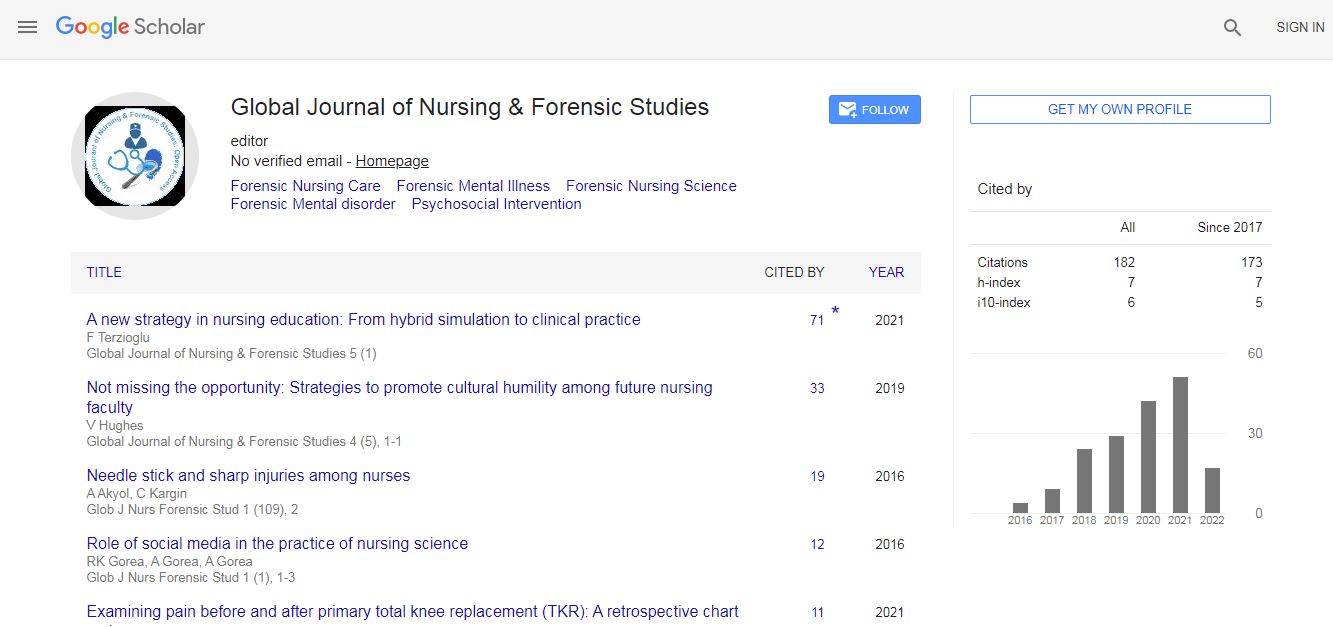How Accurate is a Previous Diagnosis of "Cataract"?
*Corresponding Author: Paul Varner, Senior Optometrist, John J Pershing Veterans Affairs Medical Center, Poplar Bluff, Missouri, USA, Tel: 15737784303, Email: paul.varner@va.govReceived Date: Nov 05, 2019 / Accepted Date: Nov 18, 2019 / Published Date: Nov 25, 2019
Citation: Varner P (2019) How Accurate is a Previous Diagnosis of "Cataract"? Optom Open Access 4: 130
Copyright: © 2019 Varner P. This is an open-access article distributed under the terms of the Creative Commons Attribution License, which permits unrestricted use, distribution, and reproduction in any medium, provided the original author and source are credited.
Abstract
Purpose: To determine the accuracy of a previous diagnosis of cataract in patients presenting to a VA Medical Center in SE Missouri, and to ascertain whether patient anxiety influenced this diagnosis.
Methods: 100 consecutive patients self-reporting a prior diagnosis of cataract were examined for accuracy of Diagnosis. Standard Snellen visual acuity was used as the primary outcome. Cortical and posterior subcapsular cataract were graded based on proximity to visual axis; nuclear sclerotic cataracts were classified based on a previously-reported grading scale of the author. Medical records were examined for pre-existing diagnosis of anxiety or generalized anxiety disorder.
Results: Only 15% of patients with a pre-existing diagnosis of cataract were found to have lenticular opacities causing decrease in best-corrected visual acuity.
Conclusion: Previous diagnosis of cataract is often inaccurate and far exceeds reporting misdiagnosis rates. Strict definition of cataract is not followed in this part of th e United States.

 Spanish
Spanish  Chinese
Chinese  Russian
Russian  German
German  French
French  Japanese
Japanese  Portuguese
Portuguese  Hindi
Hindi 